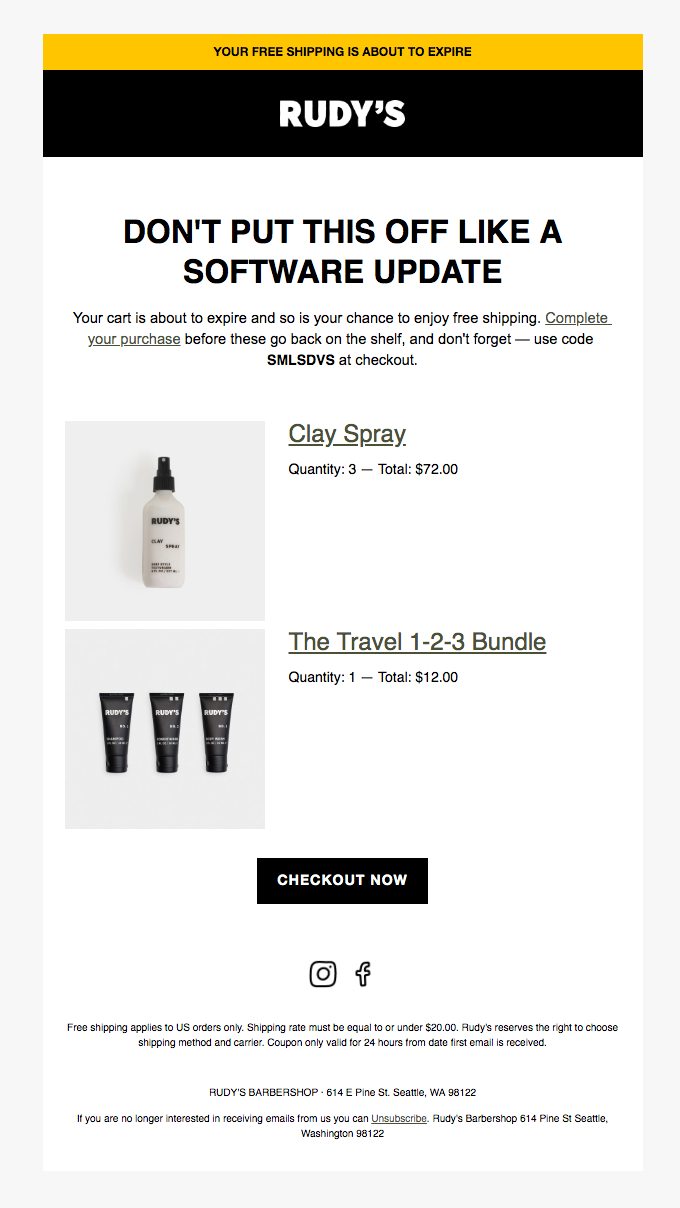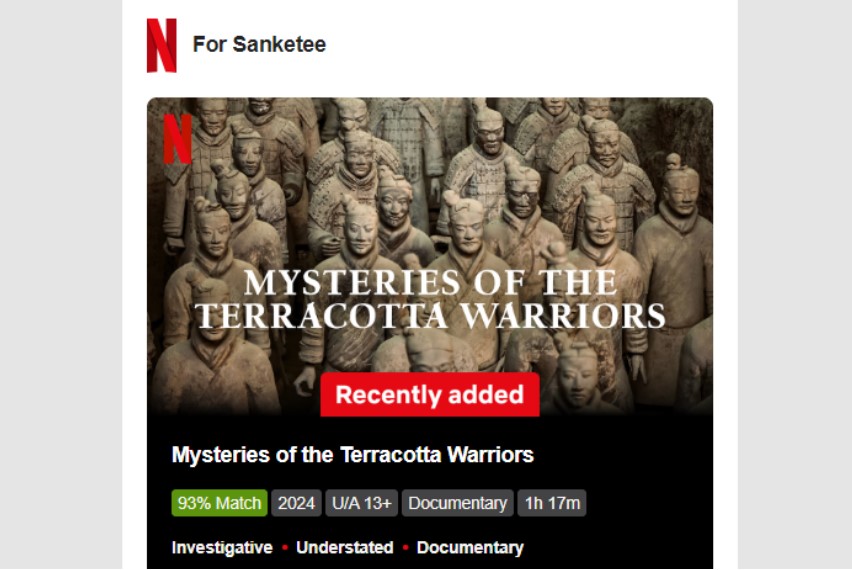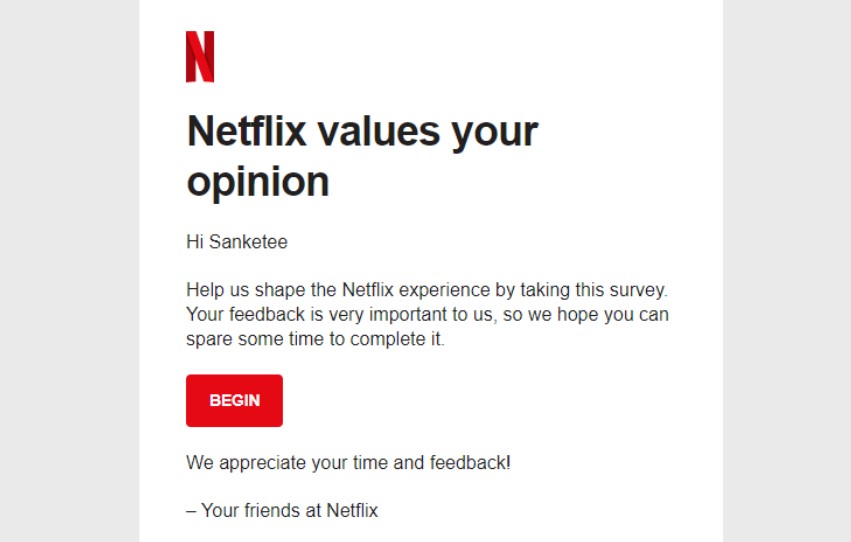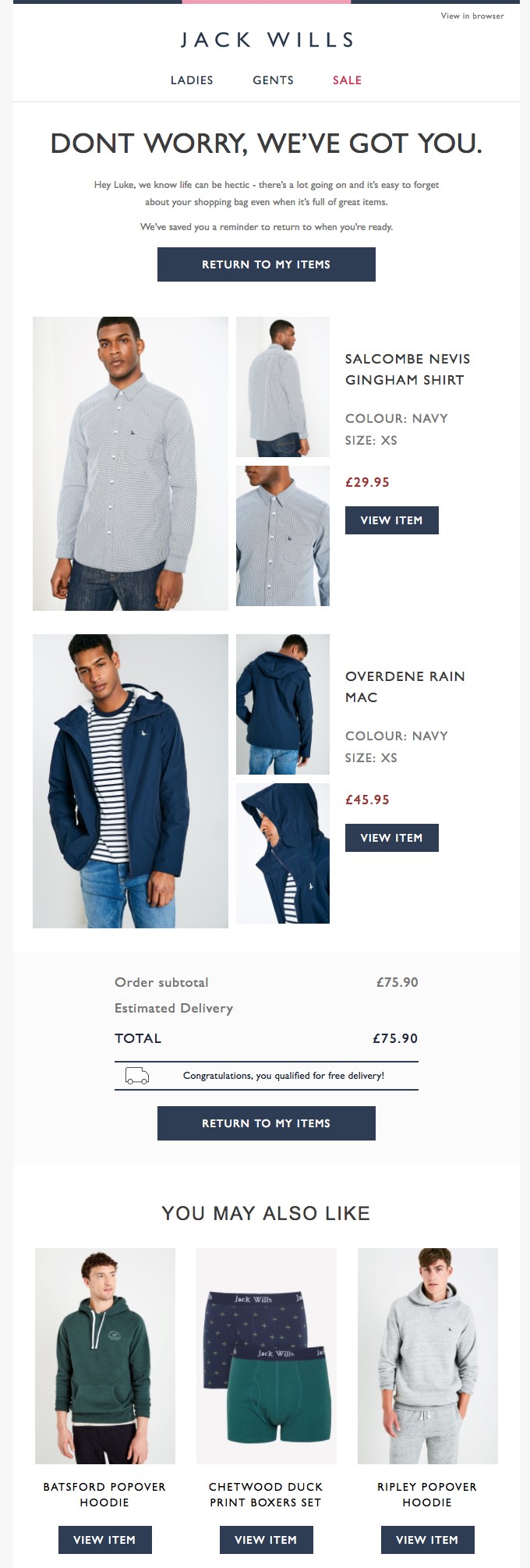Contemporary marketing techniques have been catching up rapidly. However, a Hubspot report highlighted that 37% of brands increased their email marketing budget. And you don’t want to get left behind — especially since 77% of marketers saw a substantial uptick in email engagement in the last 12 months. What’s more, emails let you reach your ideal customer without the interference of an algorithm and help you build a one-on-one connection with them. This helps retain your customer base and boost retention rates in the long run. To enjoy the benefits of ideal customer email marketing and more, we’re sharing ten ways you can target your ideal customer with email marketing.
Who is an Ideal Customer?
Before we move on to the topic, let’s take a quick look at who this mystical ideal customer is anyway. An ideal customer is the person or business most likely to benefit from your product or service. They align perfectly with what you offer, show a high level of interest, and are more likely to convert, stay loyal, and become repeat customers. Understanding your ideal customer means knowing their demographics, behaviors, pain points, and motivations.
How to Identify Your Ideal Customer?
To find your ideal customer, start by analyzing your existing customer base. Look at the data: who engages most with your emails, who makes repeat purchases, and what common traits they share. Surveys, customer feedback, and social media insights can also help you uncover key demographics and behavioral patterns. Additionally, create customer personas based on this data to fine-tune your targeting strategies and craft more personalized email campaigns. To find out more about this topic, take a look at our article on customer personas in email marketing.
The Best Email Marketing Techniques for Targeting Your Ideal Customer
1. Personalize Content
Sending out mass communication dilutes your message’s intention as opposed to personalized content which:
- Uses dynamic content
- Reframes the subject line to make it more personal
- Recommends products per your segmented list
- Sends personalized trigger emails
- Personalizes the delivery time
- Considers subscriber preference
Consumers globally seek to engage with brands that make an effort to personalize their marketing communications. With 71% of consumers expecting personalization, it is the holy grail of email marketing:
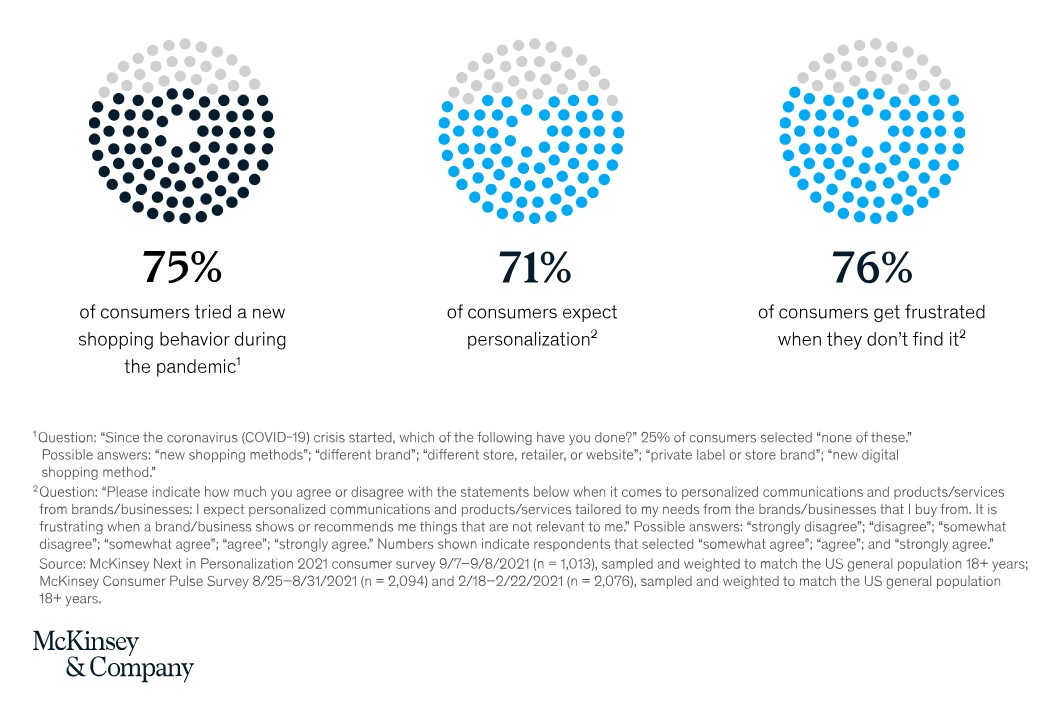
This personalized, one-on-one communication style encourages them to engage with a specific brand.
According to Statista, with a successful personalization strategy, marketers see improved customer experience (51%), customer retention (50%), and engagement (38%). The best part is it doesn’t need to be overwhelming. Simply having data about the user’s geographic location, age, and gender is a great start.
For example, after each stay, Airbnb emails customers to let them know their hosts have left them a positive review:
2. Segment Mailing Lists
Segmenting mailing lists improves click-through and conversion rates. How?
By dividing your audience into distinct groups based on their buying habits, demographics, browsing patterns, and behaviors, you’re catering to their specific needs. This allows you to send your consumers more relevant information.
Some other benefits of email segmentation are:
- Recipients receive relevant information
- Emails don’t look like spam
- Higher ROI
- Minimizes loss of subscribers
So, build and maintain a quality email list to make your campaigns successful. Also, optimize timings and frequency to get the most out of your emails.
Let’s say you’re targeting entrepreneurs exploring dropshipping business ideas. You could send them step-by-step guides, product sourcing tips, and success stories to make your emails more relevant and valuable to their business journey.
3. Try Behavioral Targeting
Behavioral email marketing involves sending personalized targeted emails based on the consumer’s buying preferences and past behaviors. To get this right, glance through the customer’s journey and understand their purchase power and preferences.
Research shows that segmented audiences respond better to your email marketing strategies, and the engagement rate is relatively higher when your segmentation involves more than just demographics.
Targeting your audience based on their behavior increases website engagement and allows you to organize your database smartly.
Behavioral targeting also lets you:
- Send better promotional offers
- Nurture leads better
- Streamline your marketing efforts
4. Create Dynamic Content Blocks
A dynamic content block is a very useful method for changing the content of your email to make it suitable for a specific pool.
Some front liners used in dynamic content blocks are product recommendations, homepage banners, product pop-ups, etc. It is a more intelligent way of transferring product and service information to potential and existing customers.
Insert these blocks and add specific information to personalize your campaigns. Take a cue from this example:
 5. Start Triggered Email Campaigns
5. Start Triggered Email Campaigns
Triggered email campaigns are an automated feature that shoots emails to consumers when they take a specific action, such as adding items to the cart and then abandoning them.
When this behavior is noticed, an automated email reminds the customer to take action on the stagnant cart.
Some other ways to use triggered email campaigns are sending welcome emails to new customers, shooting surveys, reinitiating stagnant communications, updating clients on their order status, conducting surveys, and informing them about offers and promotions.
Running these campaigns is a great way to stay on top of mind and remind your clients to take action on unfinished tasks.
For example, if your business offers webinar solutions, you could run a campaign to share competitor options. Here, you could send triggered emails on WebinarJam alternatives or another specific tool to users who have shown interest in webinar platforms but haven’t completed their purchase or trial sign-up.
Plus, such campaigns can:
- Boost sales
- Increase client interaction
- Improve open rates
Take a cue from Rudy’s below. The brand sends cart abandonment emails and sweetens the deal with free shipping to entice a purchase:
6. Analyze Purchase History
A client’s purchase history gives you an overview of their product choices and preferences and allows you to send them personalized email marketing messages. It lets you target and segment your customers based on their earlier behavior and purchase patterns. Plus, it helps you send tailor-made promotion emails to repeat customers.
While tracking purchase data, remember to look for patterns like:
- Products they buy
- Purchase frequency
- Average order value
Based on the insights, you can make distinct categories, namely:
- Frequent buyers
- Occasional shoppers
- High-order value customers
Accordingly, you can create email campaigns and recommend relevant products.
7. Target Based on Customer Lifecycle
Customer lifecycle management (CLM) helps companies manage customer relationships.
You will agree that a customer has a specific lifecycle with any brand. So, how do you convert this cycle into a loyal and long-lasting customer? There are various stages of a customer’s lifecycle, and you can win your target audience over by understanding the customer’s journey with a specific brand.
The key stages include:
- Making potential buyers aware of your products or services;
- Engaging them with your content and offers;
- Acquiring them as a first-time buyer;
- Retaining them as loyal customers.
Getting this right ensures you minimize customer churn and increase customer loyalty since they have all the brand information and a pleasant experience. Plus, it helps you identify marketing process loopholes and bridges the gap between brand and customer.
For example, Netflix sends a welcome email when users join their platform.
They keep their customers engaged by sending recommendation emails based on their viewing history:
They also show they care about their customers by sending feedback emails:
8. Integrate Cross-Channel Data
Here, you collate, simplify, and gather consumer data to be available at one source rather than tracking it on multiple platforms. Integrating your data gives you a uniform overview of your customer base.
How does this help? It gives you an uninterrupted view of customer behavior, thus enhancing user experience, delivering seamless customer services, and reaching your targets on other deliverables. You can integrate your data points to find a common identifier and create an enhanced user database.
You can use this data for cross-channel marketing. This involves engaging customers across multiple channels to create a unified experience. It integrates online channels like social media, email, live chat, and websites with offline channels like print ads and television.
9. Provide Loyalty Program Incentives
This is a great way to ensure customer retention. Giving buyers loyalty incentives encourages them to stick with you instead of looking for external options that provide similar products and services.
This marketing tactic strengthens the relationship between a brand and its customers as it:
- Improves customer retention
- Reduces churn
- Increases revenue by increasing the likelihood of a purchase
- Boosts brand awareness
- Gives your customer a sense of belonging
- Reduces price-based competition
For example, Fleet Feet’s loyalty program email campaign checked all the boxes:
They alerted their subscribers about the program’s launch with a clean design, straightforward text, and, most importantly, by sharing what’s in it for loyal customers.
To make the program more enticing, they even offered 100 bonus points to each existing member as a thank-you for their patronage.
10. Send Cart Abandonment Reminders
Many times, customers tend to leave products in their virtual carts and forget about them. This results in lost sales, which is bad for business.
Enter cart abandonment reminders.
They encourage and remind potential buyers to complete the checkout process. Recent data from Shopify shows the average shopping cart abandonment rate is 71.6% and differs by industry:
- Consumer goods: 41%
- Retail: 63%
- Home and furniture: 74%
- Fashion, accessories and apparel: 74%
- Beauty and personal care: 82%
With such high numbers, you must run cart abandonment email campaigns to boost sales and avoid dormant customer behavior.
Take a look at Jack Wills’ email:
They directly addressed the recipient and added an unmissable CTA button that would take the customer directly to their cart, further improving the customer experience.
They added a “You may also like” section to the email to increase the cart value. And if this wasn’t enough, they ended their email with the temptation of a sale.
Similarly, you can send cart abandonment emails within 24 hours of a potential buyer leaving your site to recover the sale.
Ideal Customer Email Marketing: Get Targeting With These Strategies
Approach email marketing as a foolproof method of maintaining and growing your customer base and ensuring that your business’s profits trend upward.
Since the points mentioned are tried and tested, implementing them in your strategy can positively impact your email marketing ROI.
Remember, keeping your marketing content relevant, segregating your client database, and personalizing your emails piques the reader’s interest and creates a pleasant client experience while also increasing clickthrough rates and engagement. This ultimately improves your brand reputation and elevates profits.
Looking to send better email campaigns? Book a consultation today!
About the Author


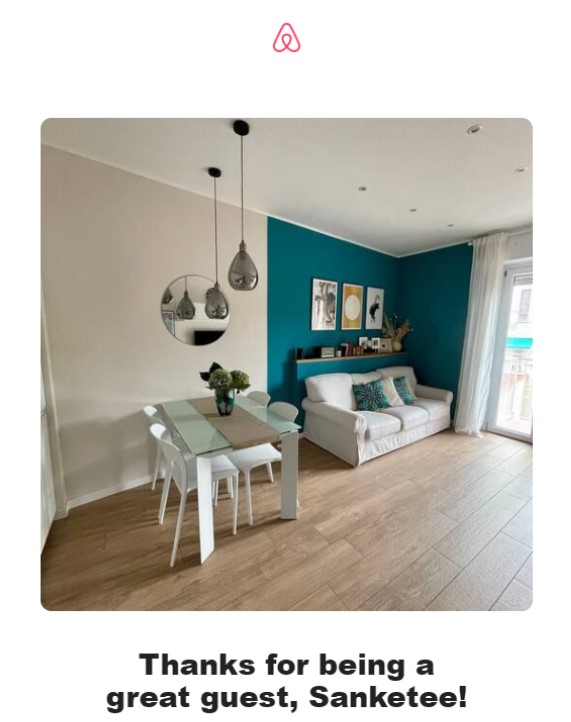
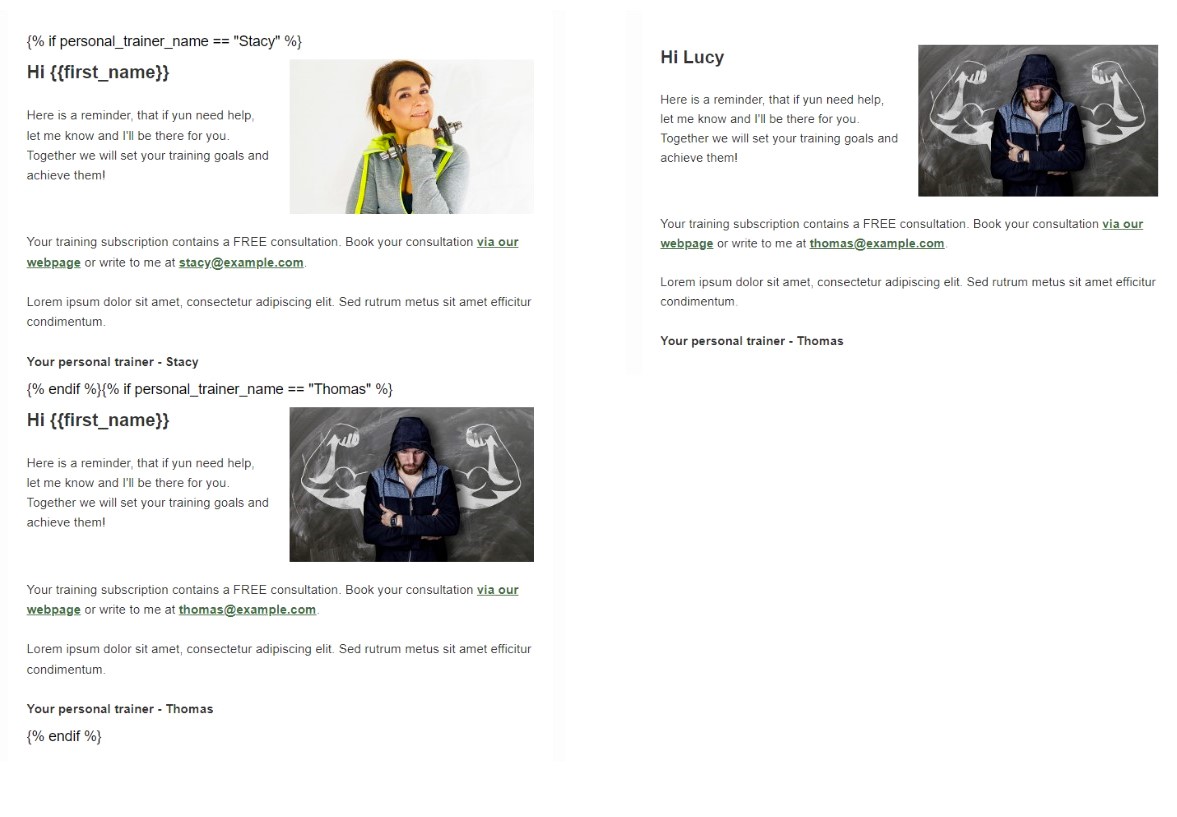 5. Start Triggered Email Campaigns
5. Start Triggered Email Campaigns